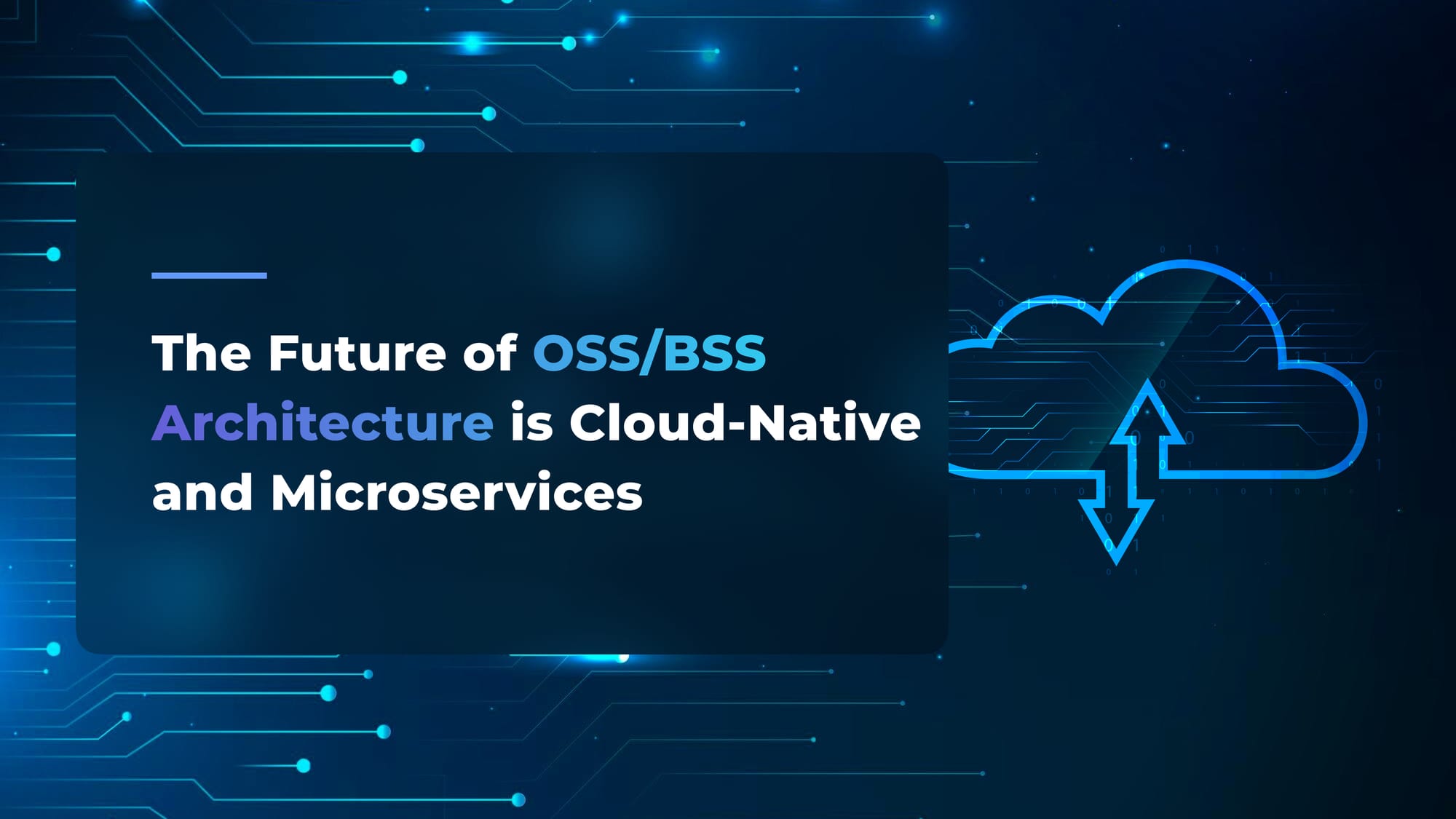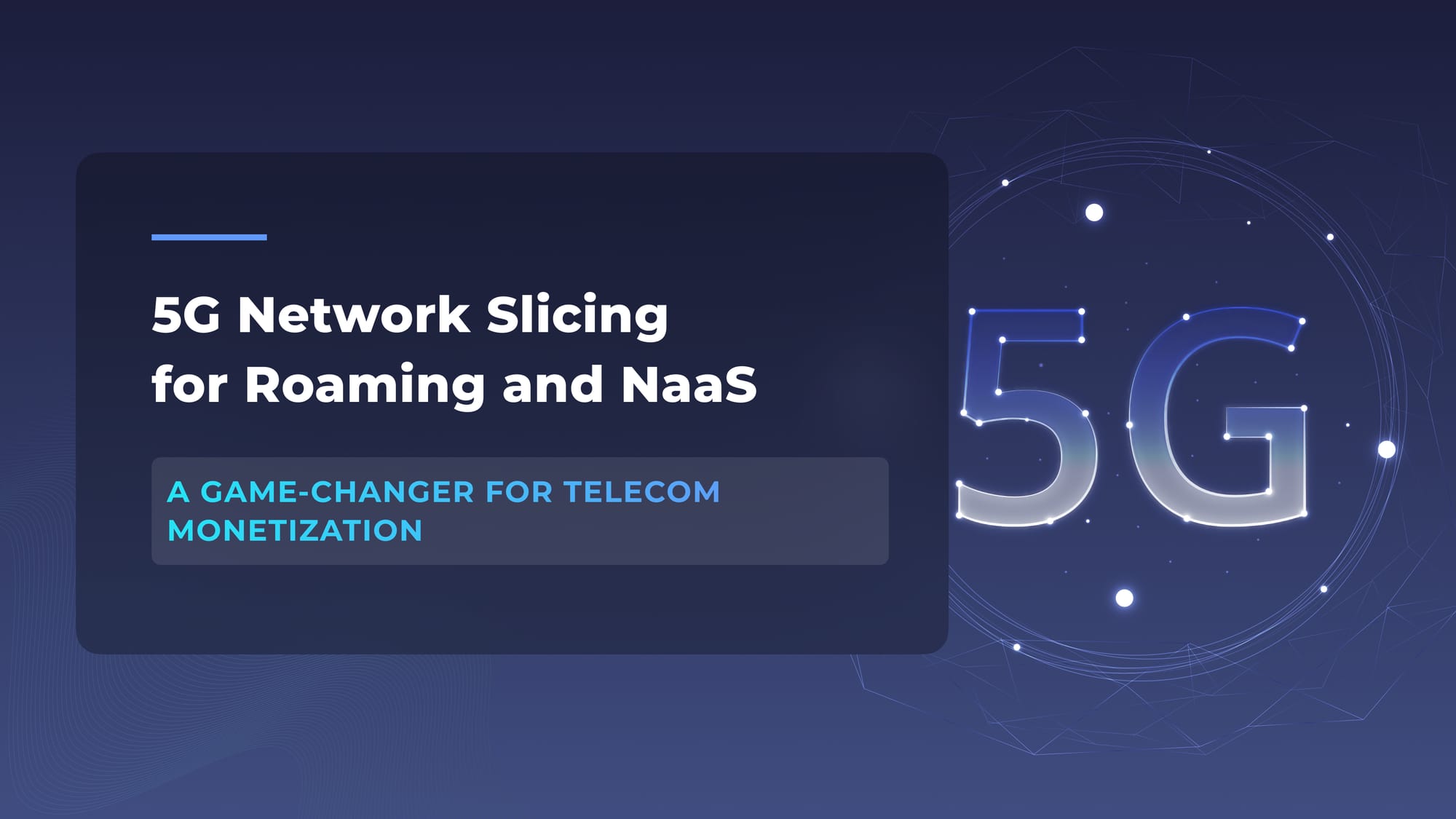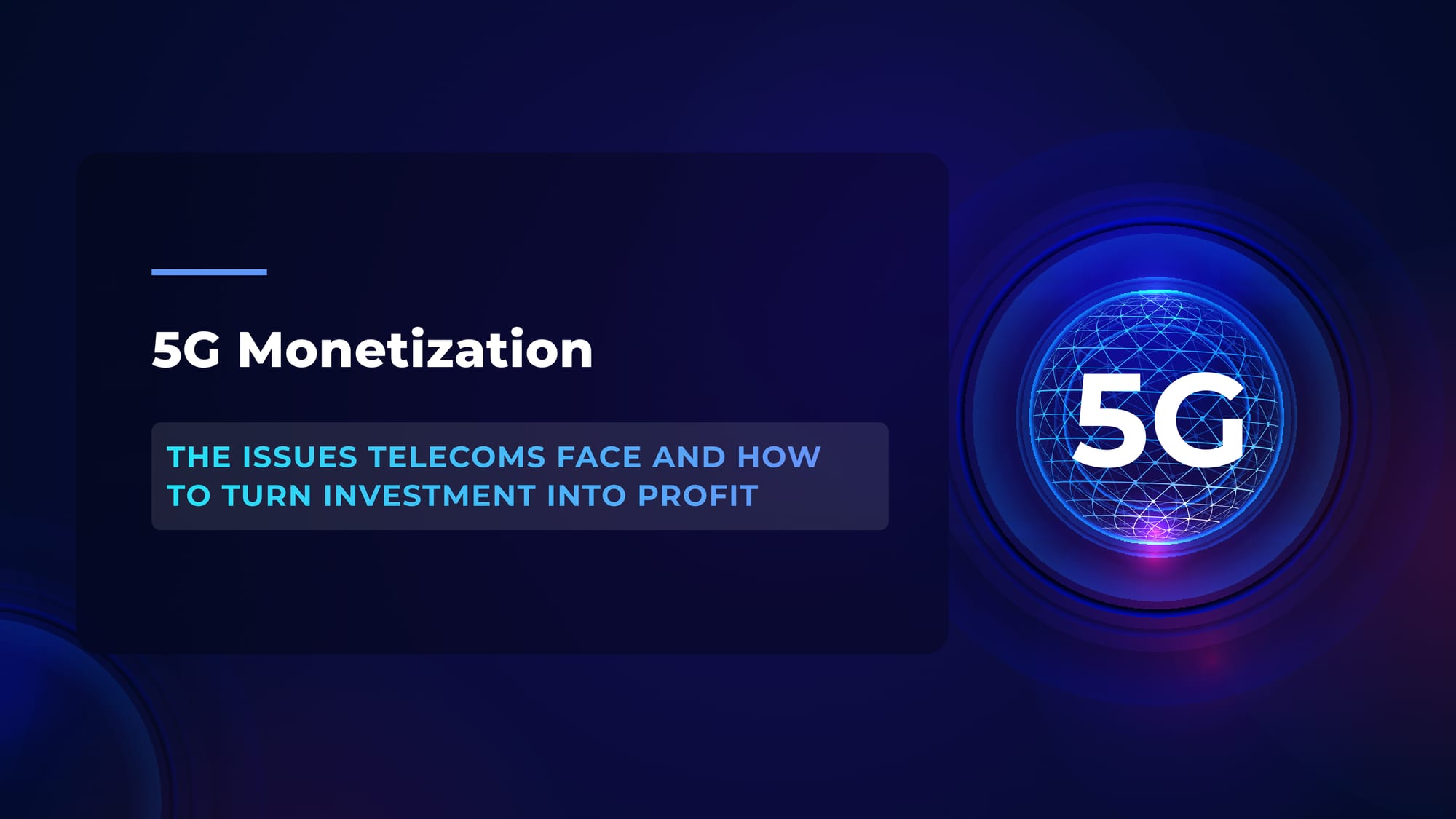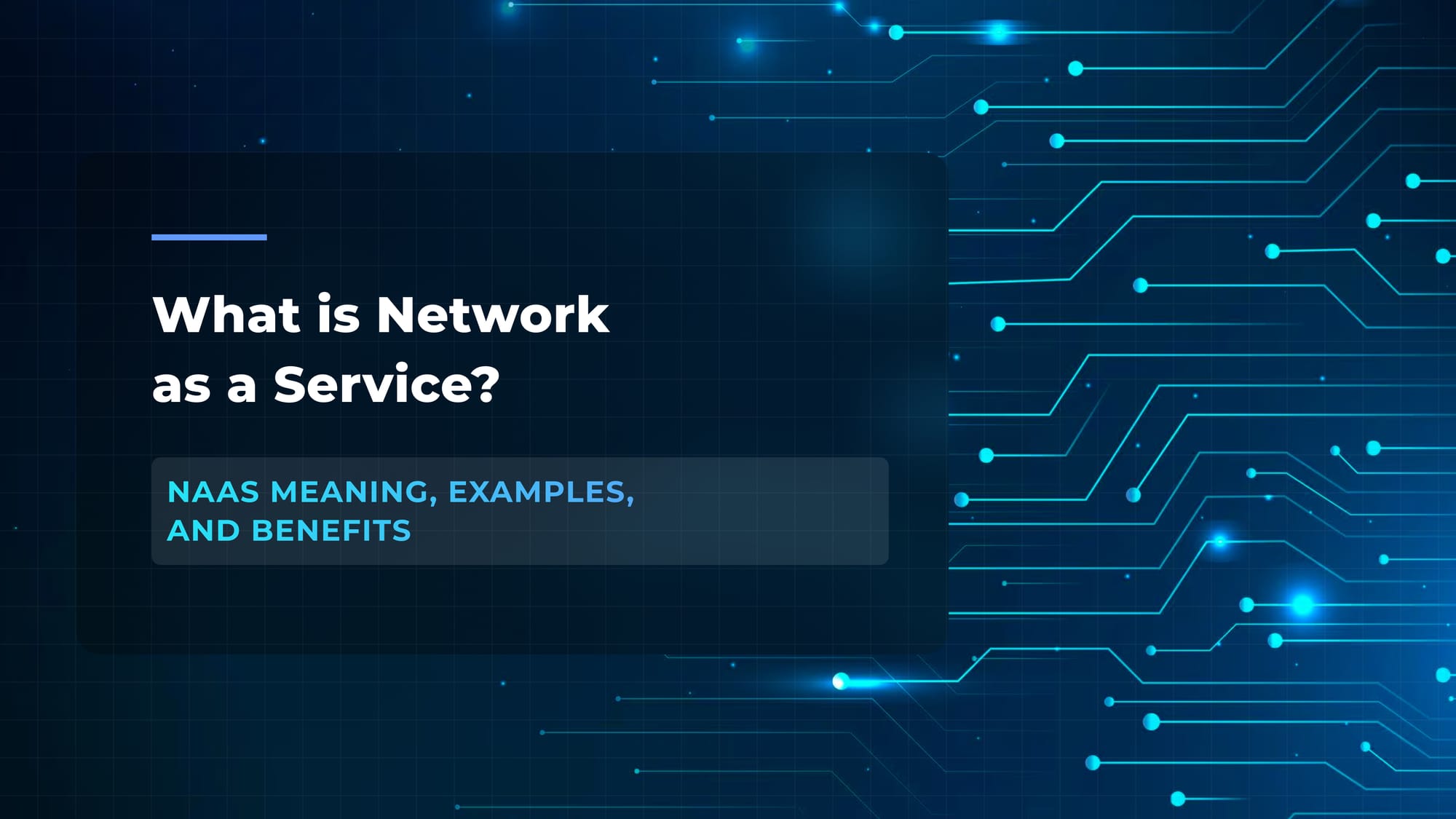Billing and Charging Evolution (BCE) Is the Future of Roaming Settlement
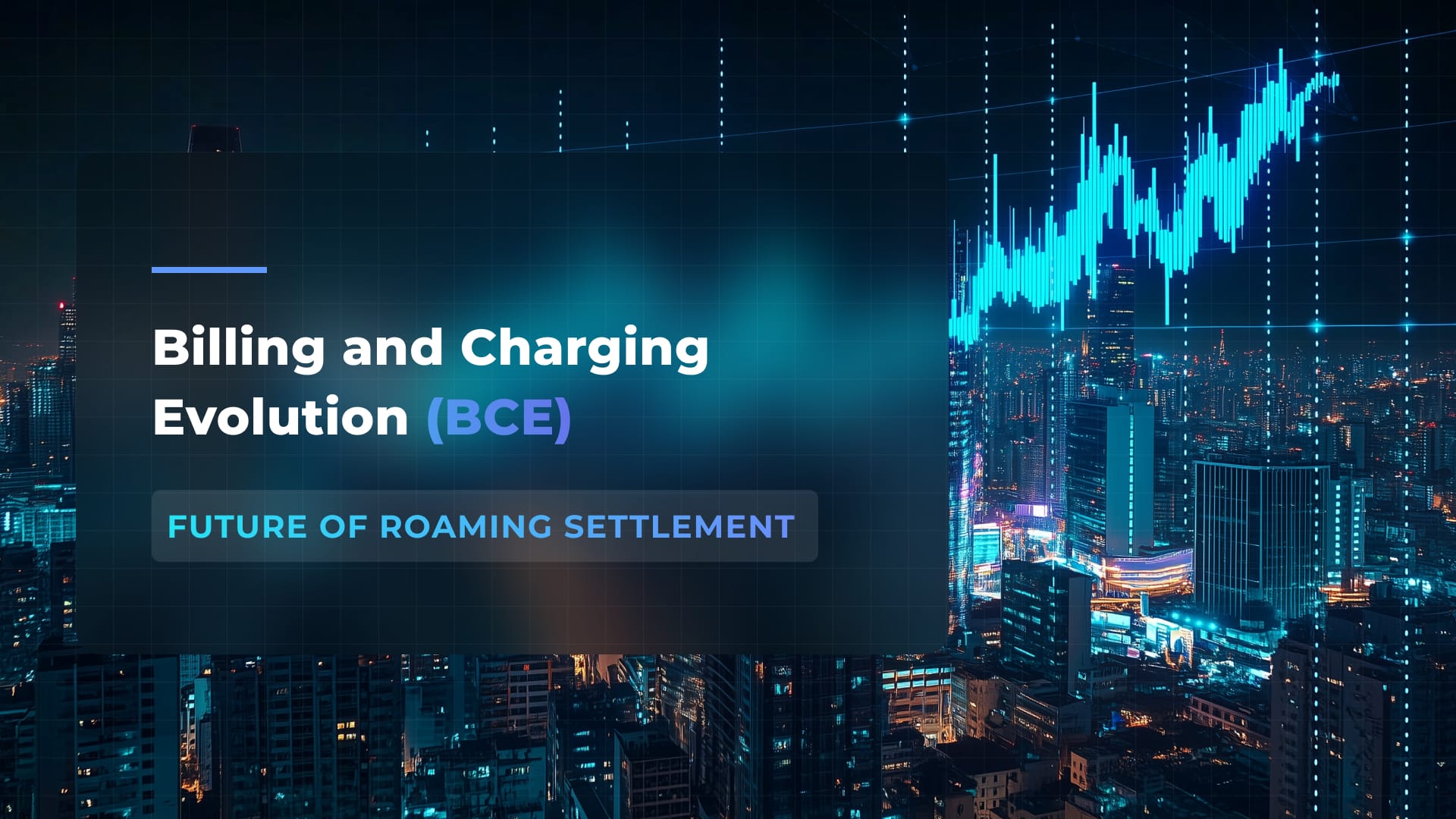
The roaming connectivity landscape is rapidly changing. According to Juniper Research, the total number of roaming connections will increase by 350% by 2028. Such a rise is driven by the spread of 5G and more IoT devices. However, the cost of roaming for users will keep decreasing. Why? In short — because cheap roaming zones will keep getting broader.
The European Commission's “Roam Like at Home” agreement, which reduces data roaming charges within the EU, is now expanding to non-EU countries like the Western Balkans, Ukraine, and Moldova. Similarly, ASEAN countries, like Singapore and Malaysia, are creating their own agreements. These changes will not only reduce roaming costs: the more accessible prices are, the more roaming devices will be on the networks.
While this may sound like a dead-end situation, data and clearing houses have some cards up their sleeve that will allow them to retain roaming revenues. Earlier, we discussed the capitalization of IoT roaming as one of the strategies to stay afloat despite the disappointing market trend. But we have more.
At Flyaps, we've spent over a decade helping companies in the telecom industry achieve the best possible financial results with our technical support. From building a multifunctional IoT platform for one of the world's leading operators to automating roaming billing processes, we've done it all. We believe that another approach to data and financial clearing houses can be followed, which is the Billing and Charging Evolution (BCE). In this article, we will discuss how exactly BCE works, what its benefits are and, most importantly, what practical steps you can take to adopt BCE efficiently. But before we get into BCE, let's talk about why we need changes in roaming protocols.
Transfer Account Procedures (TAPs) are outdated, BCE needed
TAP is a protocol that is used to handle the exchange of billing records between mobile network operators (MNOs) for roaming services. When mobile networks and billing systems were simpler, this protocol worked great. But now it's way too complex and rigid to keep up with modern technologies like 5G and IoT. TAP's event-based charging model doesn't fit well with new business models, which can lead to billing errors.
Furthermore, TAP isn’t designed to handle the new charging models required for 5G Standalone (SA) services. One key feature of 5G SA is service-based billing, where users are charged based on the overall quality of their service experience, rather than just specific actions like making a call or using data. For example, let’s say you're watching a movie on a streaming service while connected to a 5G SA network. With service-based billing, you would be charged not just for the data you use, but also based on how smoothly the movie streams — whether there were any buffering issues, the quality of the video (resolution, clarity) didn't change, and how quickly it loaded. TAP, however, was designed to only track and charge for the amount of data used, not these additional aspects of your experience. This limitation can lead to inaccurate charges like being billed the same amount whether your movie streamed perfectly or was interrupted by constant lags because TAP can't account for the overall service quality.
To tackle the shortcomings of TAP, the GSMA developed the BCE protocol, a more simplified and flexible settlement method.
From cloud migration to telecom-specific AI solutions, we have delivered over 20 projects that are used by hundreds of MNOs and telecom companies worldwide. Check our capabilities and let’s discuss your next solution.
See our servicesWhat is the BCE protocol and how does it work?
Unlike the old TAP system, which handled billing on a case-by-case basis, BCE is designed to support a variety of charging models, including real-time charging for services such as data usage, voice, and messaging, as well as more complex scenarios like those found in 5G networks, such as service-based billing and dynamic pricing models.
Basically, it's a framework that enables real-time communication between network elements, such as the Policy and Charging Rules Function (PCRF) and the Online Charging System (OCS), to manage and process billing and charging information. Here’s a simplified explanation of how BCE works:
| Stage | Description |
| Service initiation | When someone begins using a service on their mobile network, like making a call or using data, BCE helps the network figure out how much to charge them. It looks at their plan, discounts they have, and special conditions to set up the charges for that session. |
| Real-time monitoring | As the user continues to use the service, BCE tracks their activity in real time, such as data usage, and calculates costs according to their plan and the current network conditions. |
| Dynamic adjustment | BCE can adjust the charges during the session if conditions change, for example, if the user moves to a different area or if the network becomes congested. |
| Instant billing | After the user finishes using the service, BCE immediately sends the total usage and final cost to the billing system, ensuring that their bill accurately reflects what was used. |
| Rule enforcement | BCE also ensures that network rules are followed. For example, if the user exceeds their data limit, BCE might slow down their Internet speed or apply extra charges, depending on their plan. |
So, by implementing the BCE protocol, data, and financial clearing houses give operators a more detailed view of roaming activities. And the most important part, with BCE they can charge higher prices for 5G connections. With 5G roamers expected to make up 27% share of global roamers by 2028, these new charging models will be essential for boosting revenue. But let’s talk in more detail about the benefits of this advanced protocol.
Benefits of BCE
Except for financial gain and the ability to fully support 5G which we’ve mentioned before, BCE has a few more valuable advantages for telecom organizations.
Advanced traffic management
The BCE protocol is changing how operators manage traffic. It lets them sort and filter by service type (whether it's data, SMS, or voice) and by network technology. While it started with GPRS for 2G and 3G networks, it's now being upgraded by the GSMA to cover 4G and 5G. For example, an operator could use BCE to prioritize emergency health data over regular internet browsing during peak hours.
Flexible data-sharing schedules
Forget the old-school way of sending traffic data records to roaming partners every single day. With BCE, operators can share data over longer periods — monthly, quarterly, or even yearly. Plus, they can set up custom schedules with their partners, making agreements that work best for every party involved. For example, one operator might decide to exchange data every six months with a major partner, cutting down on paperwork and hassle.
Boosting operational efficiency
The current billing and settlement procedures can be a real headache, with lots of manual work needed to sort out disputes and handle TAP transactions. BCE became a streamlined alternative, cutting the time and cost related to these processes. This means smoother operations all around, from initial invoicing to final approvals, which can often drag on for six months or longer. With BCE, operators can automate many of these tasks, freeing up their teams to focus on bigger projects.
New revenue streams for IoT
BCE isn't just about better billing, it's also opening up new ways to monetize IoT traffic. Think about a smart city project with IoT devices managing traffic lights, water systems, and air quality sensors. With BCE, operators can make sure they're billing accurately for all this traffic, turning smart city tech into a solid revenue stream.
If we've convinced you to switch to BEC, the next question to discuss is how to do it.
How to adopt BCE strategically
BCE implementation requires careful planning and consideration of factors such as operator onboarding or the development of a centralized billing system for integration. Let's take a closer look at each of the key aspects you need to be aware of.
| BCE adoption strategy |
| Onboard operators to implement dynamic pricing models |
| Implement one settlement system |
| Integrate automation and machine learning |
| Implement governance, risk, and compliance (GRC) software |
Onboard operators to implement dynamic pricing models
As we’ve mentioned before, BCE's flexibility allows operators to implement dynamic pricing models, which can optimize revenue even as regulations restrict traditional roaming charges. Most operators are aware of this possibility, but various reasons can restrain them from changes.
Data and clearing houses can spread more awareness about the benefits of stepping from traditional pricing by organizing workshops, webinars and seminars. Also, consider offering some technical support like providing API’s software or people’s assistants. For example, by offering a platform that analyzes real-time data, clearing houses can provide operators with detailed data analytics that reveal usage patterns, customer preferences, and network performance. This data can be used to design and implement dynamic pricing models tailored to specific customer segments.
Implement one settlement system
Naturally, you need some technical infrastructure for managing all the processes related to BCE. Using separate software for managing multiple roaming partners, currencies, and regulatory requirements will slow down your performance. Ideally, you need one system that should allow operators to handle billing, charging, and settlement activities in a unified environment, reducing the complexity of managing these tasks separately.
For our client, one of the world’s leading communication service providers, implementing a similar system became essential. The client’s company, which also offers IoT connectivity services, decided to develop a multifunctional platform to streamline all IoT processes. This platform manages everything from billing, registering and distributing SIM cards to offering clients the most suitable tariff plans, collecting data on traffic usage, and generating invoices.
Our team started by breaking the software development into separate modules, each handling a specific task. This approach allowed us to complete the project faster and avoid delays. During the project, we created a SIM card management module to track all the SIMs distributed and assign unique numbers. There was also a billing module to automate billing, monitor traffic usage in real time and ensure accurate billing, and more.
With Flyaps' new, fully custom IoT portal, the client can now offer the best plans to their customers and send accurate bills without needing to switch between platforms. Additionally, they can boost their revenue by allowing other IoT businesses to use their platform.
Integrate automation and machine learning
As 5G networks expand, the volume of roaming data is expected to increase significantly. Managing this growing data manually would require more resources, leading to higher operational costs. However, by automating key processes like data handling, billing, and compliance, data and clearing houses can efficiently manage the increased workload without needing additional staff or resources.
Utilizing advanced AI development platforms enables the seamless integration of machine learning models and automation tools, accelerating deployment and enhancing data-driven decision-making - read more about the cost of developing AI in 2025.
For instance, with our help, our client managed to automate invoicing and billing so that tasks that used to take a week and a team of five people can now be completed in just an hour.
Our client is a leading provider of roaming services that optimizes complex processes of wholesale roaming, interconnect, and financial clearing. When they started working with operators worldwide, they needed to create invoices for different affiliate groups (hubs that included numerous operators) and manage payments in and out. Each hub's invoice needs to show the total amount and a detailed breakdown by an operator, but different currencies and unique PDF formats across locations make manual and technological processing difficult.
The old system couldn’t handle this, so they had to manually create hundreds of invoices each month, which took a week to complete. To make things faster, the client decided to build an add-on to their old system. We’ve created automation tools that tackle all the issues discussed, resulting in a platform that can carry out intricate tasks with just one click.
Implementation of machine learning is another approach to analyze large datasets generated by BCE, providing predictive insights that help operators optimize their pricing strategies and identify potential compliance issues before they arise. What’s more, machine learning algorithms can detect patterns that indicate fraudulent activities, enabling real-time responses to protect revenue streams.
More about machine learning in telecom read in our dedicated article “ AI in telecom: solutions for network management, security, customer service and more .”
Implement governance, risk, and compliance (GRC) software
Regulations around roaming, such as pricing caps or data usage limits, can vary by country or region. A centralized system (like IBM OpenPages, for example) makes it easier to monitor these regulations in real time and ensure that the company is adhering to them. If a regulation changes, the system can quickly update and apply the new rules across all affected areas.
Seeking solutions for Billing and Charging Evolution? Flyaps is your partner in making it happen
Whether you're dealing with complex roaming agreements, leveraging data for better decisions, or preparing to scale with the latest technologies, having the right tools, strategies and specialists in place is crucial. Here's how we can help you get there:
Development of a custom billing solution for roaming
We have experience with developing bespoke billing systems tailored to telcos’ unique requirements, ensuring that all roaming charges are processed accurately and efficiently. Whether it’s managing complex roaming agreements or adapting to new regulatory demands, our solution will be designed to handle the intricacies of global telecom operations.
Integration of machine learning for enhanced data analysis
As an AI-focused team, we not only have the right expertise, but also offer pre-built AI solutions for different needs and industries (telecom included). We can incorporate advanced ML algorithms into your billing system to identify patterns, predict customer behavior, and optimize pricing strategies.
Cloud migration with microservices architecture
Moving to the cloud is essential for staying competitive, and we’ll ensure this move is smooth and efficient. We'll re-architect your existing system using a microservices approach, breaking down your applications into smaller, independent services that can be deployed, managed, and scaled individually. This will not only improve the performance and reliability of your billing system but also make it more adaptable to future changes.
Still not sure what tech infrastructure you need for an effective transition to the BCE standard? Drop us a line and we'll be happy to help you define and build it.




